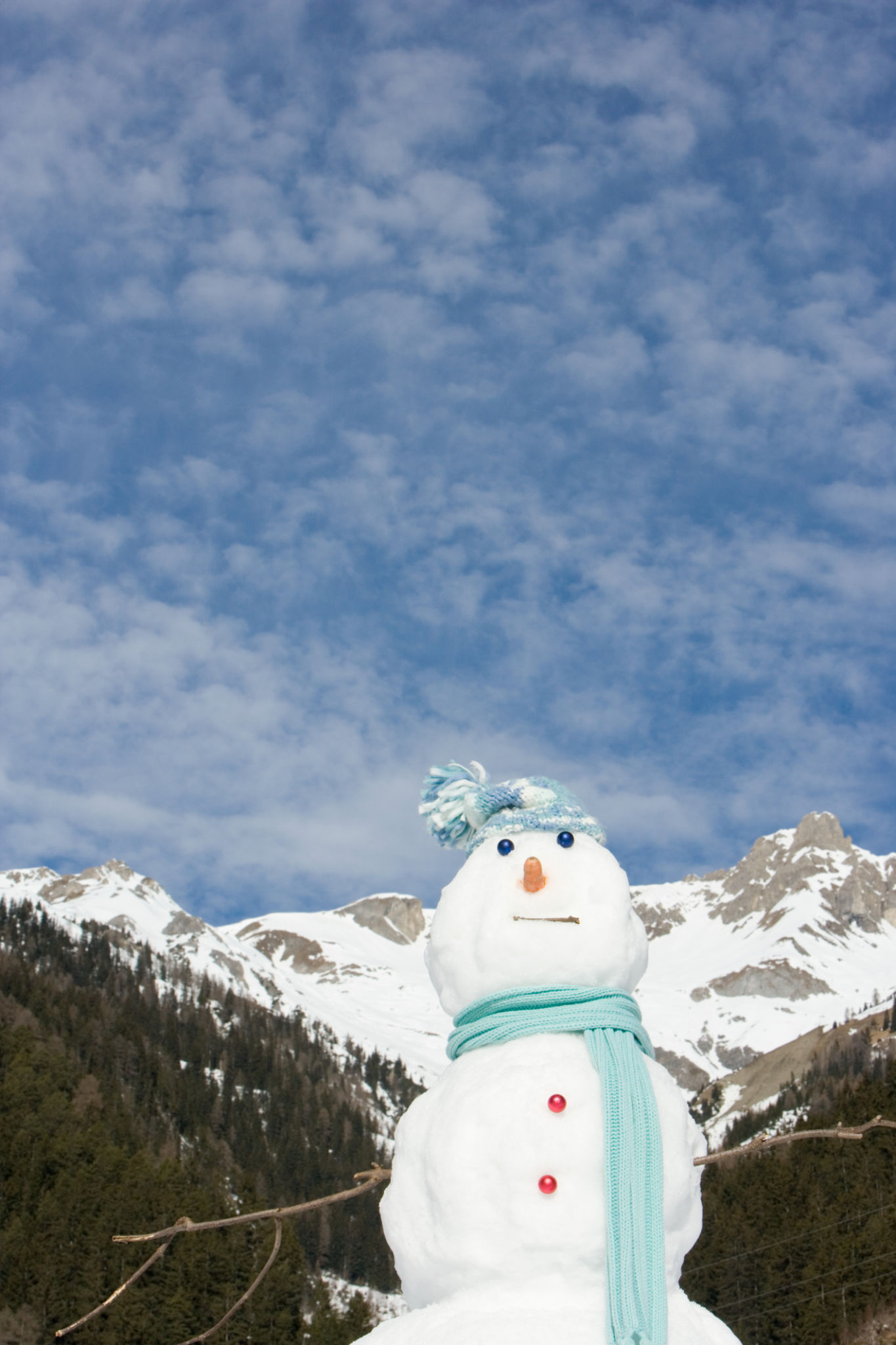How to Prepare Your Trees for Winter: Expert Advice from Linn County Specialists
Understanding the Importance of Winter Preparation
As winter approaches, it's crucial to ensure your trees are ready to face the cold months ahead. Proper preparation can help your trees survive harsh conditions, ensuring they thrive in the spring. Experts in Linn County emphasize the importance of taking proactive steps to protect your trees from winter damage.

Assessing Tree Health
Before you begin any preparation, it's essential to assess the health of your trees. Look for any signs of disease, pest infestation, or structural damage. If you notice anything concerning, consider consulting a professional arborist for an expert opinion. Addressing these issues early can prevent them from worsening over winter.
Regular pruning is another key step in maintaining your trees' health. Removing dead or diseased branches not only improves the tree's appearance but also reduces the risk of breakage under heavy snow or ice. Ensure that pruning is done properly to avoid causing unnecessary stress to the tree.
Mulching for Protection
Applying a layer of mulch around the base of your trees can provide essential protection during winter. Mulch helps insulate the roots, preserving moisture and regulating soil temperature. Use organic mulch like wood chips or bark and apply it in a 2-4 inch layer, keeping it a few inches away from the trunk to prevent rot.

Watering Wisely
While it might seem counterintuitive, watering your trees before the ground freezes is critical. Trees need an adequate water supply to endure winter stress. Deep watering in late fall ensures that moisture reaches the roots and helps prevent dehydration. However, be cautious not to over-water as this can lead to root rot.
Wrapping Young Trees
Young and newly planted trees are particularly vulnerable to winter damage. Consider wrapping them with burlap or tree wrap to shield them from harsh winds and fluctuating temperatures. This simple step can prevent bark splitting and sunscald, which are common winter issues for young trees.

Preventing Animal Damage
During winter, animals such as deer, rabbits, and rodents may feed on tree bark and branches due to limited food sources. To protect your trees, install physical barriers like wire mesh or tree guards around the base. These barriers can deter animals from causing harm to your trees.
Planning for Snow and Ice
Heavy snow and ice accumulation can lead to branch breakage and structural damage. To minimize these risks, gently brush off excess snow from branches with a broom. Avoid shaking branches, as this can cause more harm than good. For ice-covered branches, it's best to let nature take its course, as attempting to remove ice can result in further damage.
By following these expert tips from Linn County specialists, you can ensure your trees are well-prepared for winter's challenges. With a little effort and care, your trees will emerge healthy and vibrant come springtime.
